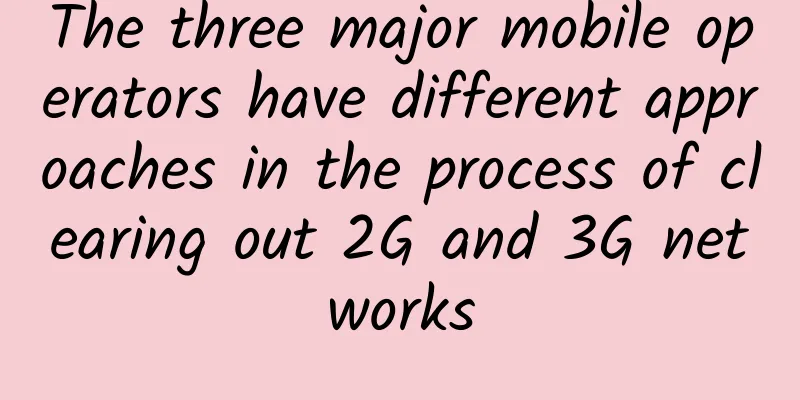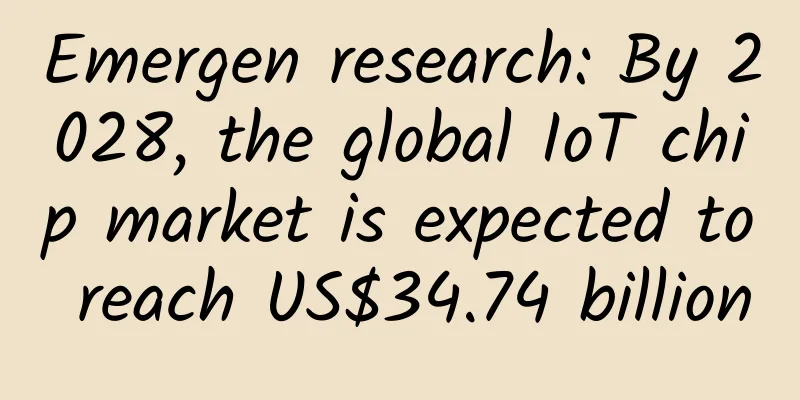Six pictures to help you evolve from HTTP/0.9 to HTTP3.0

|
One day, Xiaolin went to an interview again. The interviewer said, "Let me test your understanding of HTTP. You can say anything you want." Xiaolin was so excited. What kind of question is this? How can I answer this? This is too open!!! (I will skip the psychological activities here). In fact, the more open questions are, the harder it is to answer. Let me answer this question from the history of HTTP, and see how HTTP evolves from "Rollingmon" to "BattleGreymon". HTTP can actually be divided into four stages, namely HTTP/0.9, HTTP/1.x, HTTP/2.0, and HTTP3.0. It is precisely because of the bottleneck problems in the previous ones that new versions appear to make up for these bottleneck problems. HTTP/0.9HTTP/1.x2.1 HTTP/1.0 2.2 HTTP/1.1 HTTP/2.0HTTP/3.0 This article is reprinted from the WeChat public account "Front-end Points, Lines and Surfaces". You can follow it through the following QR code. To reprint this article, please contact the WeChat public account "Front-end Points, Lines and Surfaces". |
<<: Asia Pacific to account for 60% of global 5G connections by 2026
Recommend
LOCVPS Hong Kong cloud traffic upgrade, 20% off high bandwidth Hong Kong VPS monthly payment starts from 29.6 yuan
LocVps recently upgraded the traffic of VPS packa...
Hypere: £12/quarter KVM-AMD Ryzen9/2GB/70G NVMe/10Gbps unlimited traffic/UK data center
Hypere should be a relatively new foreign hosting...
RAKsmart cluster server 5+253IP monthly payment starts from $189, and you can choose data centers in Los Angeles/San Jose/Japan/Hong Kong, China, etc.
RAKsmart is a foreign hosting company operated by...
Wi-Fi Alliance: Wi-Fi 6 and 6E have been "rapidly adopted"
By 2025, Wi-Fi 6 and Wi-Fi 6E are expected to exc...
A topic worth pondering: Will the birth of Wi-Fi 7 replace 5G networks?
In recent years, wireless technology has develop...
Three major development trends of outdoor wireless networks in 2021
As the extraordinary year of 2020 draws to a clos...
What is the Internet? — Talking about the development of the Internet
A brief discussion on the Internet of Things (I):...
EU plans to develop regulatory "blacklist" Facebook and Apple may be on the list
It is said that the EU's move is aimed at lim...
This year's 5G mobile phones must have these features!
[[387087]] This article is reprinted from the WeC...
Huawei's Yang Xiaoning: Building a secure digital society through openness, collaboration, and development
[The Hague, Netherlands, May 29, 2019] The Mobile...
5G Development Trend Survey
Overview The COVID-19 incident in 2020 did not we...
The three major operators may announce the commercial use of 5G messaging by the end of this year to replace SMS
Nowadays, few people send text messages except fo...
Russia tests "sovereign internet": it can still operate effectively after being disconnected from the world
Beijing time on the 24th, Russian Deputy Minister...
Three steps to protect your home network
Today, the typical structure of an internet conne...
5G messaging reaches a new level, and the commercialization process is expected to accelerate
With the advancement of technology, the commercia...









